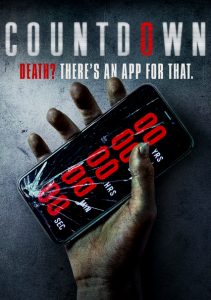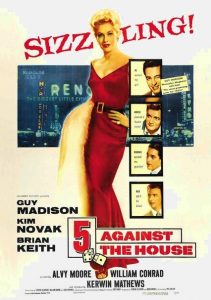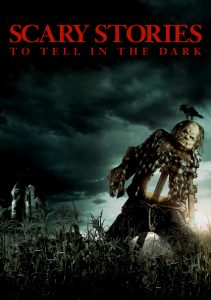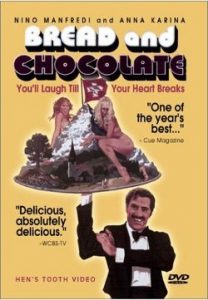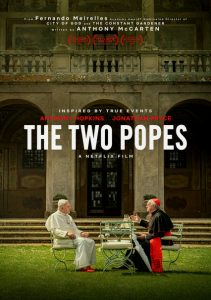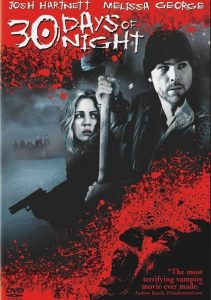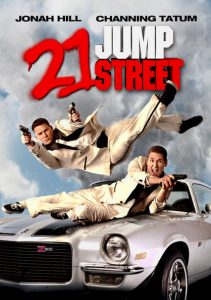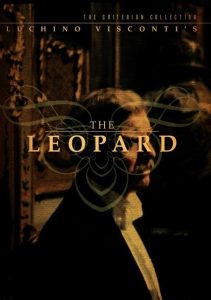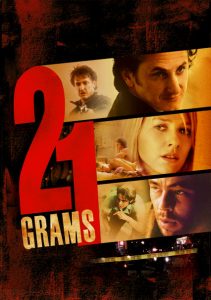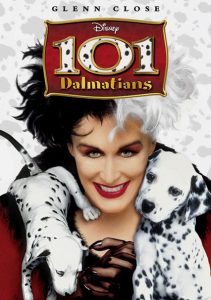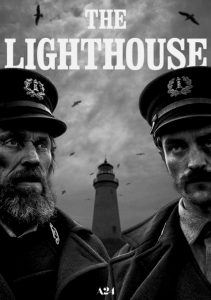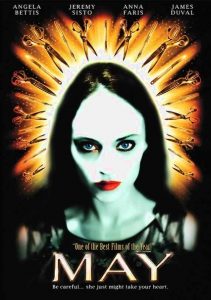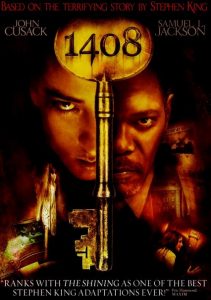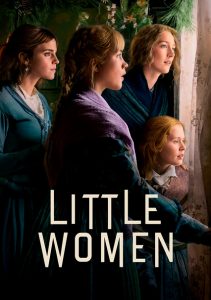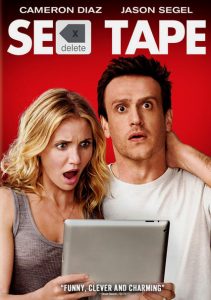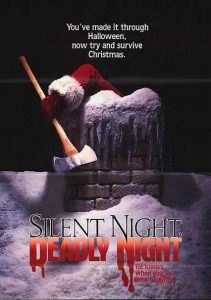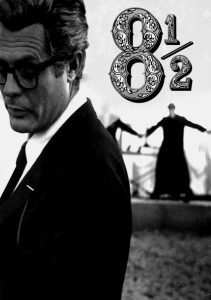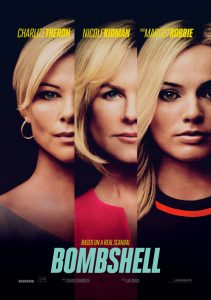Countdown-2019
Director Justin Dec
Starring Elizabeth Lail, Jordan Calloway
Scott’s Review #999
Reviewed March 12, 2020
Grade: B
Countdown (2019) is a modern horror film that accomplishes what it intends to do- it entertains the audience.
With jumps, frights, and some comedic elements, it borrows heavily from the Final Destination (2000-2011) and Happy Death Day (2017-2019) franchises.
The film does not reinvent the wheel, conventionally steering the course. The superstitious elements become hokey and unbelievable, but the film has enough momentum to offer a solid product, especially pleasing to genre fans.
When a young nurse (Elizabeth Lail) downloads an app that claims to predict precisely when a person is going to die, it tells her she only has three days to live. With time ticking away and death closing in, she must find a way to save her life before time runs out.
She struggles to figure out how to delete the app while piecing together the puzzle to break a curse and thwart a threatening demonic spirit. Her sister is also threatened.
Director Justin Dec, a newcomer to the cinema, does not waste any time beginning the action, as events debut at a college keg party. A group of revelers decides to play a drinking game after downloading the new Countdown app, which is supposed to determine how long you have left to live.
Thinking the app is a joke, unlucky Courtney (Anne Winters) is startled to see that she has only three hours to live. After refusing to drive home with her drunken boyfriend, Ethan, she is murdered at home by an evil spirit, while Ethan crashes his car, a tree spearing through the seat that Courtney would have been sitting in.
With this sequence, the audience is hooked, as the pacing is well-maintained. With the app clock ticking down dangerously towards zero, a theme heavily promoted throughout the film, we can’t wait to see how or if Courtney is killed.
Red herrings, like a man following her or a shower curtain that moves, are presented for good suspense. Assumed to be the “main girl”, Courtney’s death is surprising, and the main title then appears, fooling the audience. There is more to come.
Carrying a horror film is not easy, but actor Lail rises to the occasion. Resembling a young Christina Applegate, Quinn is strong and independent. Many of the scenes take place at the hospital where she works, though she also makes time to see her father and sister.
Quinn’s mother has recently died, and Quinn blames herself. She connects with Matt (Jordan Calloway), who lost his brother after stealing his toy. Quinn is a character that viewers can admire and emulate.
Countdown deserves credit for incorporating a wide range of diversity. Matt is black, making his romance with Quinn an interracial one. Several Asian, Latino, or Black characters are featured in many scenes, showcasing a diverse representation of multiculturalism.
Unfortunately, and surprisingly, no LGBTQ characters are featured. Comic relief store owner, Derek (Tom Segura), would have been the perfect character to make gay, but this was not to be.
To build on this, a timely and progressive Me Too side story is added, when a well-respected doctor at the hospital makes a move on Quinn. He reports the incident to Human Resources when she rebuffs his advances. She is suspended, without an investigation, until other women come forward throughout the film.
While this would be an essential message in another type of film, the relevance does not work or fit the rest of the story.
The ninety-minute running time is a splendid approach, so the film never drags or dulls. The final twenty minutes or so are a letdown as Quinn and a priest realize that to break the curse, one must trick it by having someone else die out of sequence.
This is all too like Final Destination, but not as good, as Quinn ends up fighting with the spirit, killing herself with an overdose of morphine, while drawing a circle on her arm where a syringe with Naloxone can subsequently revive her.
For a new director eager to break into the horror genre, Justin Dec borrows heavily from previous films, presenting a copycat story that is paced perfectly. It provides enough interest and good casting to warrant a follow-up.
Due to low box-office returns, I doubt Countdown (2019) will become a mainstay franchise, but Dec may have a promising future ahead of himself.
